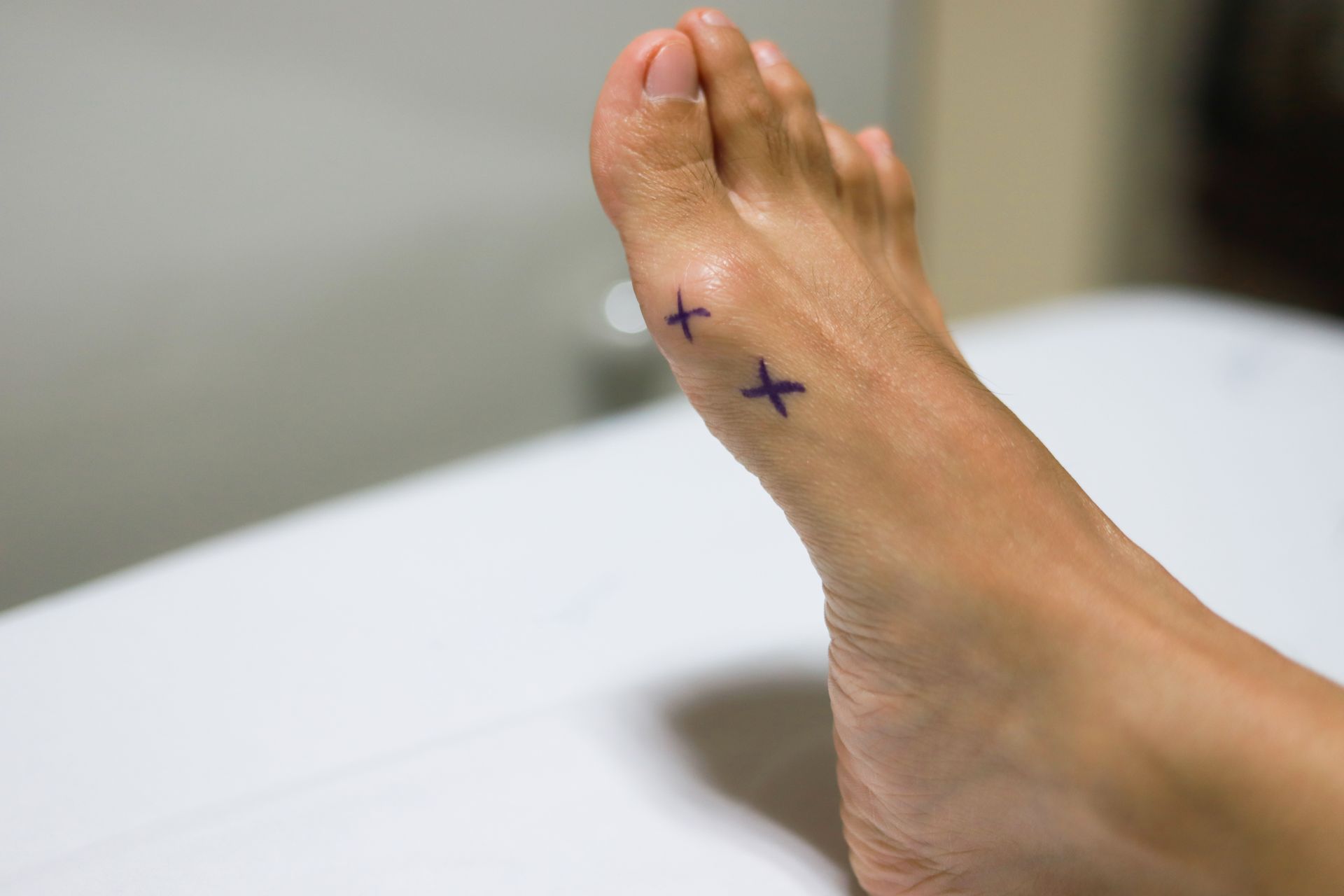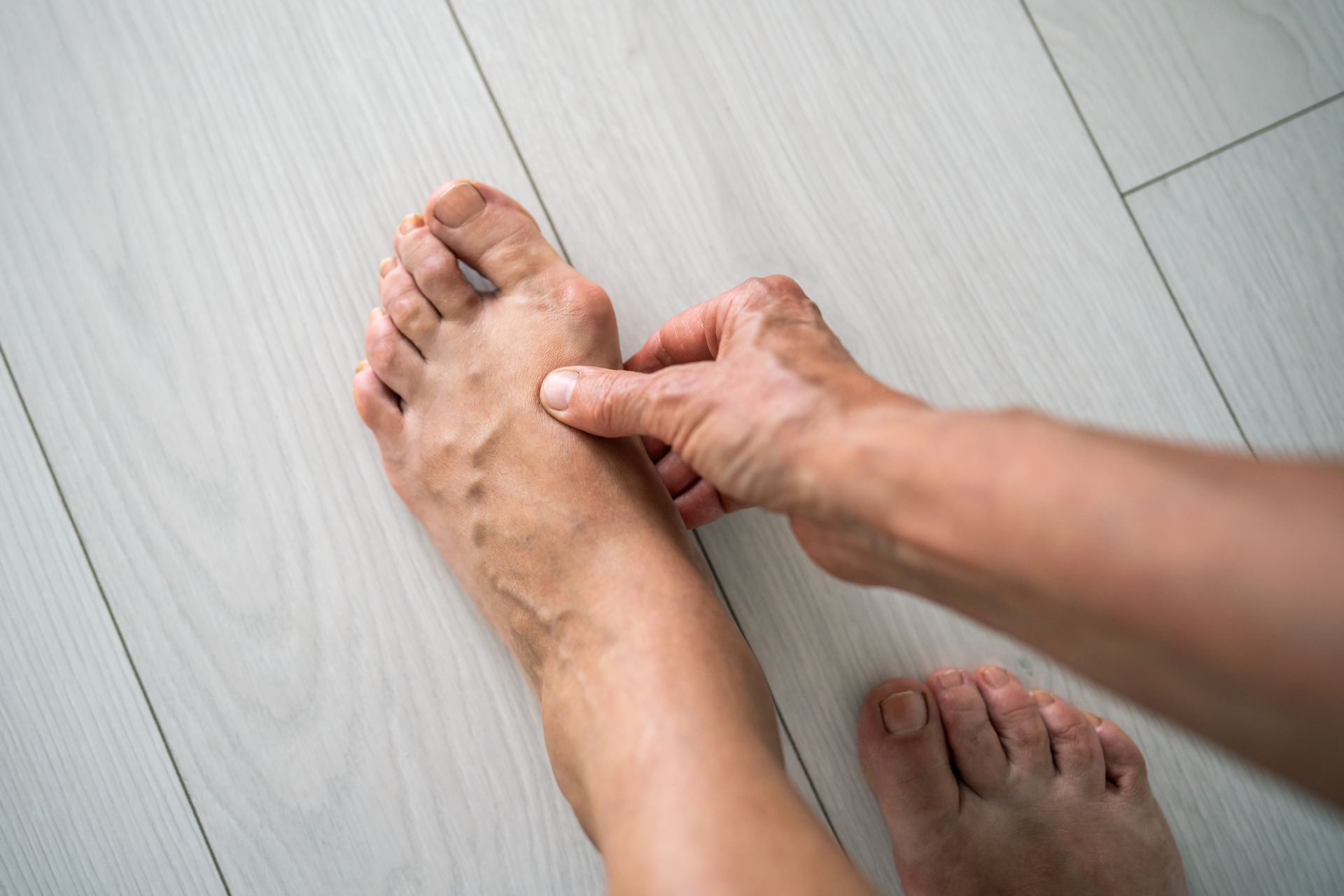Foot Surgery for Baton Rouge Runners: When is it Time?
My expertise in foot and ankle injuries combined with my personal experience as a runner means I treat a lot of athletes with foot pain. For runners, foot surgery is serious because of its potential adverse effects on performance. Surgery is always the last option for foot pain sufferers, but especially for runners. However, there are many painful foot conditions that limit and alter running ability on their own. Foot surgery is indicated for runners when all non-surgical treatments have failed. If, for example, you can no longer comfortably wear your running shoes or complete your workouts because of foot pain, or even if you can no longer comfortably wear an enclosed shoe, then this article is written for you.
Foot Conditions that may Require Surgery
A number of painful foot conditions can be resolved with new, advanced surgical procedures and techniques. The most common conditions requiring / benefiting from foot surgery are bunions, Morton’s neuroma, Achilles tendinitis, plantar fasciitis and ingrown toenails.
Surgery for Bunions
The most famous runner to have a bunionectomy is marathoner Paula Radcliffe . After years of suffering from a painful bunion, she realized that compensating for her bunion had actually contributed to repeated foot and lower leg injuries. In 2009 she had a bunionectomy by a podiatrist and has repeatedly had positive things to say: “I wish I'd had my bunion done years ago,' she says. 'But surgery is a big deal for a runner. I tried to get around the problem by modifying my running style and by dealing with it the best I could without surgery. Now I wish I had done something about it sooner.”
A bunion is a bump or bony prominence at the big toe joint. Interestingly, the size of bunion does not always correlate with the level of symptoms. I see patients with small, painful bunions and large, asymptomatic bunions and vice versa. Most bunions can be treated non-surgically with pads and shoe adjustments, but when bunion surgery is necessary, it has high success rates with little recurrence. A study in the Journal of Foot and Ankle Surgery reported an average return to running among competitive runners of 9 weeks following a bunionectomy.
Surgery for Achilles Tendinitis
The Achilles tendon is the longest and strongest tendon in the human body. During physical activity, the Achilles tendon can take on 5-10 times body weight in force. Because of the tremendous pressure put on the Achilles tendon, injuries to this area are very common. Sometimes runners develop painful bone spurs on the back of their heel where the Achilles tendon attaches. Other times, runners will develop bulbous thickening of the Achilles tendon above the attachment (so called, non-insertional calcific tendinosis). The majority of these injuries are treatable with shoe inserts, stretching, physical therapy and other non-surgical treatments.
When Achilles surgery is necessary, patient satisfaction with the results generally exceeds 90%. Whether a spur is present and requires resection or it is a chronically thickened Achilles without a bone spur, the average return to running is roughly 14 weeks.
Surgery for Morton's Neuroma
A neuroma is a pinched, swollen nerve most commonly near the base of the 3rd and 4th toes. This condition is very common in runners and causes burning, tingling and pain in the forefoot. Wider shoes with a stiffer sole and even rocker bottom shoes like Hoka can help runners with a painful neuroma . Cortisone shots and a specialized pad called a metatarsal pad can also be beneficial.
If non-surgical treatment fails, the nerve can actually be excised surgically. When the neuroma is removed you generally trade pain in that area for a small patch of numbness. It is not enough numbness to be bothersome or cause significant alterations in toe function or balance. The average return to running following neuroma surgery is 6 weeks.
Surgery for Plantar Fasciitis
This is the most common condition that I treat in my practice. Plantar fasciitis is a tendinitis generally caused by muscle contraction and insufficient arch support. The vast majority of plantar fasciitis is treatable with non-surgical methods. In my experience less than 5% of runners suffering from plantar fasciitis require surgery. When surgery is necessary, a minimally invasive procedure called an Endoscopic Plantar Fasciotomy (EPF) provides greater than 90% patient satisfaction and an average return to running of 10 to 12 weeks.
Surgery for Ingrown Toenails
Ingrown toenails do not actually require surgery. It is really just a simple in-office procedure that I perform roughly 5 to 10 times each day. I include it here because so many runners put off having this fixed because they are concerned about the down time. The average return to running following an ingrown toenail is 1 to 2 days. I personally had an ingrown toenail fixed in January of 2018 and ran 4 miles two days later with only mild soreness. Ingrown toenail procedures offer a 92% permanent cure with roughly 8% recurrence.
If you are an avid runner and are experiencing any of the above conditions, it is important to see a Baton Rouge foot doctor for runners . To set an appointment with our office, please visit our appointment page . Should non-surgical treatment options not provide adequate relief, surgery could be a reliable and lasting treatment alternative.


